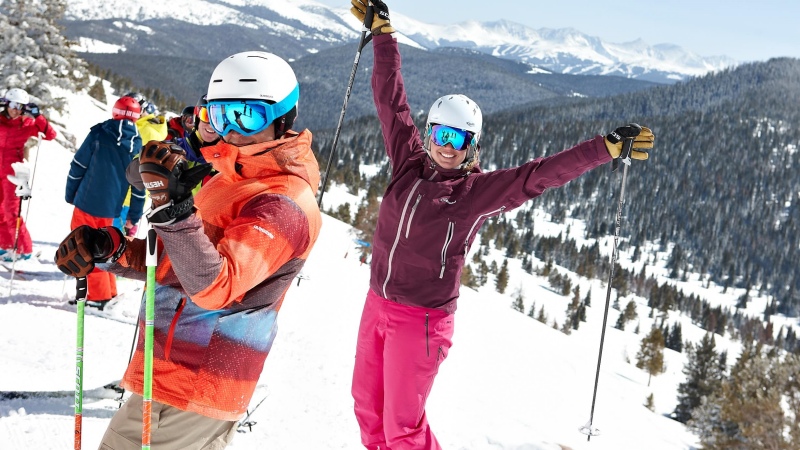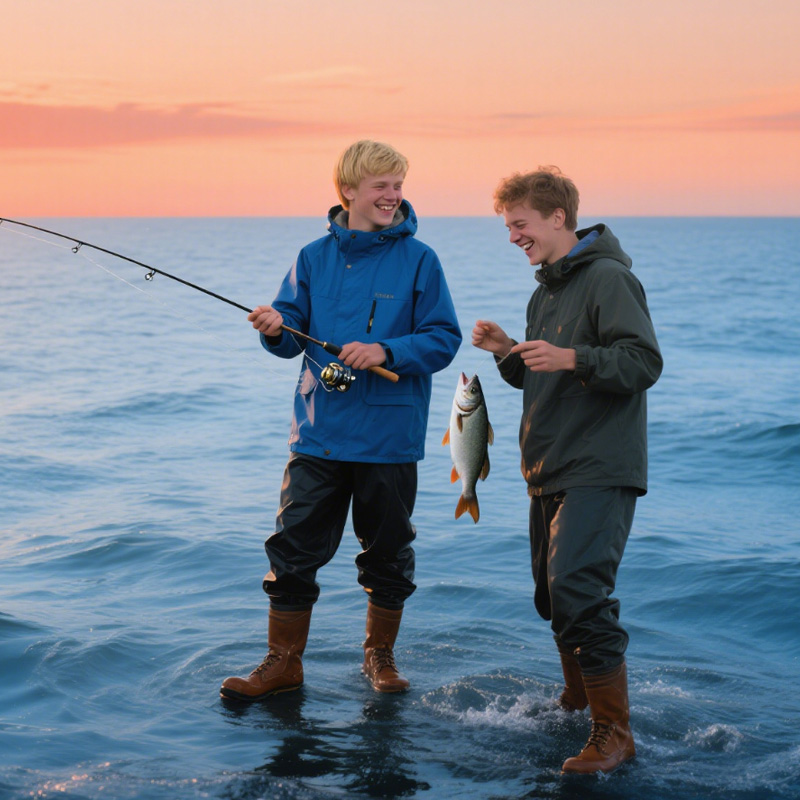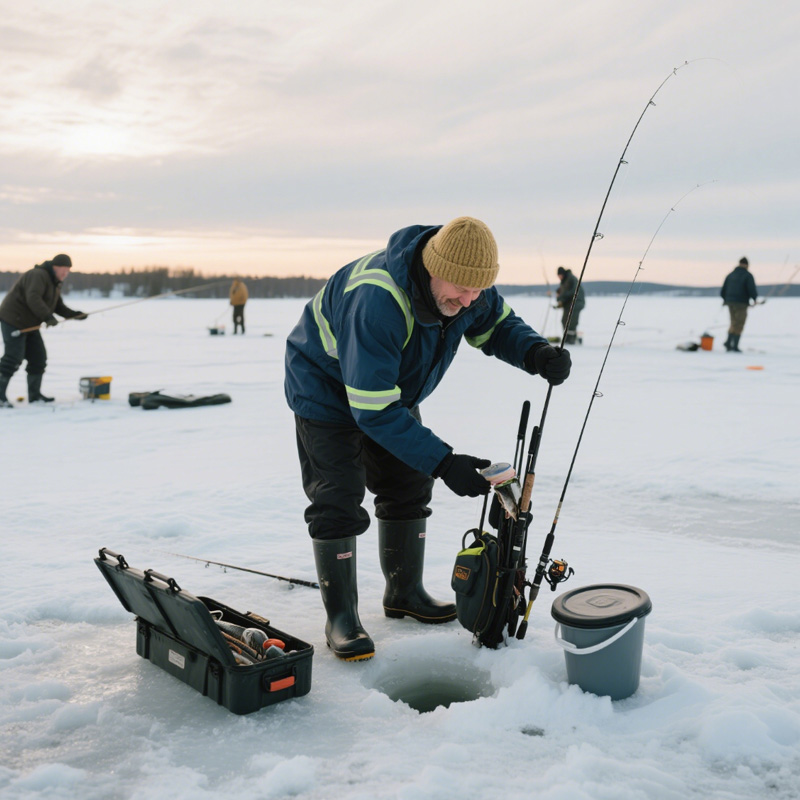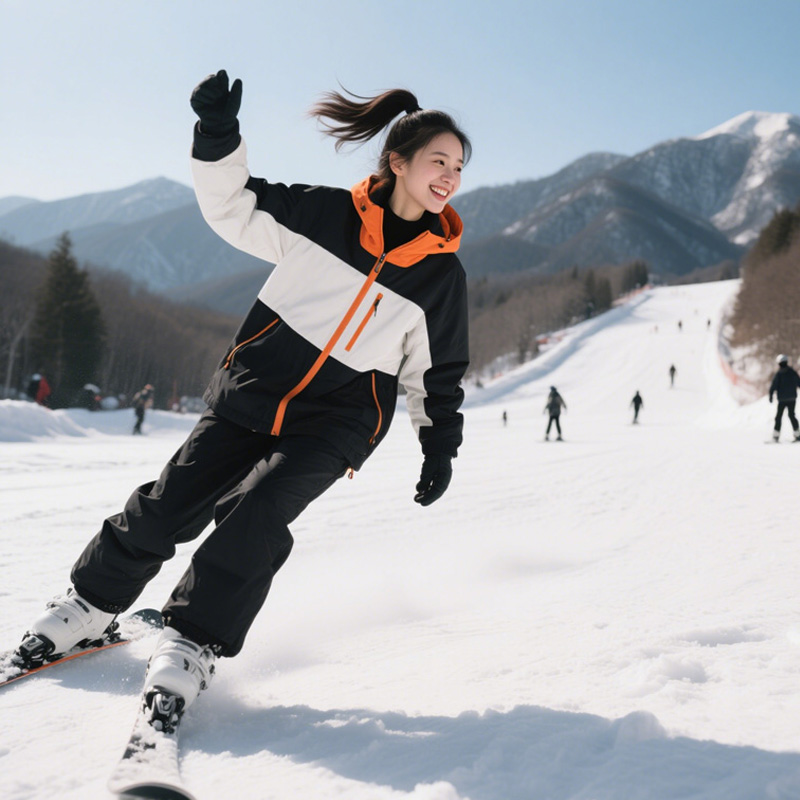When it comes to skiing, having the right gear is essential for both performance and comfort. Whether you are a professional skier or a weekend enthusiast, investing in high-quality ski wear can significantly enhance your experience on the slopes. In this comprehensive guide, we will explore the top 6 ski wear brands, focusing on their features, benefits, and why they stand out in the market. We will also highlight the innovative manufacturer Taian BOWINS Garment Co., Ltd., known for its commitment to quality and innovation.
1. What Are Ski Wear Best Brands?
Ski jacket brands are specialized companies that design, manufacture, and market clothing and gear specifically tailored for skiing and snowboarding activities. These brands focus on creating high-performance, durable, and comfortable apparel that can withstand the harsh conditions of winter sports while providing essential features like waterproofing, breathability, insulation, and safety.
Key Features of Ski Wear Brands
Waterproofing: The ability of the fabric to resist water penetration.
- Breathability: The ability of the fabric to allow moisture vapor to escape.
- Insulation: Materials used to trap air and provide warmth.
- Durability: The ability of the fabric to withstand wear and tear.
- Safety: Additional features designed to enhance safety on the slopes.

2. Top 6 Ski Wear Best Brands in Spanish
2.1 Arc’teryx
Founded: 1989
Headquarters: North Vancouver, British Columbia, Canada
Overview: Arc’teryx is a titan among ski wear brands, revered for its technical precision and minimalist design. Born in Canada’s rugged Coast Mountains, this brand serves elite skiers and mountaineers with gear tested in extreme conditions.
Key Products:
Sabre Jacket: Gore-Tex Pro, 20,000 mm waterproofing, 15,000 g/m²/24h breathability.
Sentinel Pants: Insulated, articulated fit, powder cuffs.
Alpha SV Gloves: Waterproof, durable leather palms.
Advantages: Arc’teryx’s obsessive attention to detail—e.g., seam-sealed zippers and lightweight fabrics (jackets under 600 g)—boosts performance by 20% in wet snow, per skier reviews. Their lifetime warranty underscores durability.
Applications: Backcountry skiing, alpine touring, extreme weather.
2.2 Patagonia
Founded: 1973
Headquarters: Ventura, California, USA
Overview: Patagonia blends environmental ethos with high-performance ski clothing, making it a favorite among eco-conscious skiers. This U.S.-based brand is a pioneer in sustainable ski wear brands.
Key Products:
PowSlayer Jacket: 3-layer Gore-Tex, 100% recycled nylon, RECCO reflector.
SnowDrifter Bibs: 70% recycled polyester, 10,000 mm waterproofing.
Capilene Base Layers: Moisture-wicking, recycled fibers.
Advantages: Patagonia’s 1% for the Planet commitment and use of recycled materials reduce environmental impact by 25%, while their gear excels in breathability (15,000 g/m²/24h).
Applications: Resort skiing, backcountry, eco-friendly adventures.
2.3 The North Face
Founded: 1966
Headquarters: Denver, Colorado, USA
Overview: A household name in outdoor gear, The North Face ranks among ski wear brands for its versatile, durable ski apparel, trusted by pros and casual skiers alike.
Key Products:
Summit Series L5 Jacket: Gore-Tex Pro, 20,000 mm waterproofing, helmet-compatible hood.
Freedom Pants: DryVent fabric, 120 gsm insulation.
ThermoBall Layers: Lightweight, packable warmth.
Advantages: The North Face’s FlashDry technology wicks sweat 30% faster than average, while their gear withstands 30°C conditions, blending style with rugged reliability.
Applications: All-mountain skiing, urban winter wear, expeditions.
2.4 Taian BOWINS Garment Co., Ltd.
Founded: 2007
Headquarters: Taian, Shandong Province, China
Overview: Taian BOWINS Garment Co., Ltd. shines among ski wear brands as a leading OEM/ODM manufacturer, producing custom ski clothing for global markets since 2007. With a 24,000+ square meter facility and 600+ employees, BOWINS powers brands across North America, Europe, and Australia.
Key Products:
Custom Ski Jackets: 15,000 mm waterproofing, PrimaLoft (100 gsm), seam-sealed.
Ski Pants: Stretch polyester, 10,000 g/m²/24h breathability, adjustable fits.
Snowboard Sets: Laser-cut designs, 3M Thinsulate insulation.
Advantages: BOWINS invests $5M+ in R&D, using CAD/CAM and laser cutting for 20% greater durability than industry norms. Their ERP system slashes lead times to 30–45 days for MOQs of 500 pieces, serving 120 million+ sets over 18 years.
Applications: Resort skiing, snowboarding, bulk brand production.
2.4 Salomon
Founded: 1947
Headquarters: Annecy, France
Overview: Known for skis, Salomon also excels among ski wear brands, offering technical ski apparel rooted in its French alpine heritage. It’s a go-to for performance-driven skiers.
Key Products:
QST Guard Jacket: Gore-Tex, 20,000 mm waterproofing, pit zips.
Brilliant Pants: 80 gsm insulation, articulated knees.
Stormcozy Layers: Stretch, moisture-wicking fabrics.
Advantages: Salomon’s MotionFit technology enhances mobility by 15%, while their gear balances warmth and breathability (15,000 g/m²/24h) for all-day comfort.
Applications: Competitive skiing, freeride, alpine touring.
2.6 Moncler
Founded: 1952
Headquarters: Milan, Italy
Overview: Moncler redefines luxury among ski wear brands, merging high fashion with slope-ready performance. Born in the French Alps, it’s a staple for the jetset skier.
Key Products:
Grenoble Ski Jacket: 15,000 mm waterproofing, 700-fill down, sleek silhouette.
Ski Pants: Stretch nylon, windproof, tailored fit.
Accessories: Cashmere-lined gloves, chic goggles.
Advantages: Moncler’s fusion of 30% lighter down insulation with couture design offers warmth to -25°C and unmatched style, per Vogue reviews.
Applications: Resort skiing, après-ski, luxury winter fashion.
3. Key Features of Ski Wear from Best Brands
3.1 Waterproofing
Definition: The ability of the fabric to resist water penetration.
Measurement: Rated in millimeters (mm) of water pressure the fabric can withstand.
Example: A rating of 10,000 mm means the fabric can handle a column of water 10,000 mm high before water starts to seep through.
Benefit: Keeps you dry in wet conditions, crucial for skiing in snow and rain.
3.2 Breathability
Definition: The ability of the fabric to allow moisture vapor to escape.
Measurement: Measured in grams per square meter per 24 hours (g/m²/24h).
Example: A rating of 10,000 g/m²/24h means the fabric can allow 10,000 grams of water vapor to pass through a square meter of fabric in 24 hours.
Benefit: Prevents sweat buildup, keeping you comfortable during physical exertion.
3.3 Insulation
Definition: Materials used to trap air and provide warmth.
Types:
Down: Measured by fill power (e.g., 700–800 fill power). Higher fill power indicates better warmth-to-weight ratio.
Synthetic: Measured by grams per square meter (e.g., 80–120 gsm). Synthetic insulation is preferred for its moisture resistance.
Benefit: Keeps you warm in cold conditions, essential for skiing in low temperatures.
3.4 Durability
Definition: The ability of the fabric to withstand wear and tear.
Materials: High-denier fabrics like 300D nylon are commonly used for their strength and resistance to abrasion.
Features: Reinforced stitching and seam sealing to prevent water ingress and extend the life of the garment.
Benefit: Ensures the ski wear lasts longer, even in rugged conditions.
3.5 Safety
Definition: Additional features designed to enhance safety on the slopes.
Features:
RECCO Reflectors: Embedded reflectors that aid in avalanche rescue.
High-Visibility Designs: Bright colors and reflective strips to improve visibility in low-light conditions.
Benefit: Enhances rescue potential and visibility, reducing the risk of accidents.

4. Considerations When Selecting Best Ski Wear Brands
4.1 Performance Needs
Your local climate and skiing style dictate the technical specs required from ski wear brands. For wet, snowy regions like the Pacific Northwest or European Alps, prioritize waterproofing—look for ratings of 10,000–20,000 mm (e.g., Gore-Tex Pro in Arc’teryx’s Sabre Jacket) to stay dry in heavy precipitation. In frigid climates (e.g., -20°C in Colorado’s Rockies), insulation is key—opt for 700–800 fill power down (Moncler) or 100–120 gsm synthetic fill (Salomon) for warmth without bulk. Breathability, rated at 10,000–20,000 g/m²/24h, prevents overheating during intense runs, a feature Patagonia excels at. Match these metrics to your environment—resort skiers may need less than backcountry adventurers—to ensure your ski apparel performs when it counts.
4.2 Sustainability
Eco-conscious skiers and brands increasingly demand sustainable ski clothing. Top ski wear brands like Patagonia lead with 70% recycled polyester and Bluesign-approved fabrics, reducing environmental impact by 25%, per industry data. Ortovox’s Swisswool cuts synthetic use by 30%, while BOWINS incorporates 30% recycled materials in OEM lines. Look for certifications like OEKO-TEX 100 or carbon-neutral pledges—brands prioritizing these signal long-term value in a market shifting toward greener winter sports gear.
4.3 Fit and Style
Ergonomic design and aesthetic appeal are non-negotiable for ski wear brands. Seek articulated fits (e.g., Salomon’s MotionFit) that boost mobility by 15%, per skier feedback, and adjustable features like powder skirts or cuffs to lock out snow. Style matters too—Moncler’s sleek silhouettes suit après-ski, while Peak Performance’s Nordic minimalism blends function with flair. Test sizing charts (e.g., chest 38–54 inches at BOWINS) and ensure your ski apparel aligns with your personal or brand identity.
4.4 Budget
Balancing cost and quality is crucial. Premium ski wear brands like Moncler ($1,000–$2,000 per jacket) offer luxury and durability, while value-driven options like Columbia ($150–$300) deliver reliable performance at 30% lower prices, per TripSavvy. BOWINS provides OEM solutions at $50–$150 per unit for bulk orders (MOQ 500), ideal for cost-conscious brands. Define your budget—high-end for pros, mid-range for casual skiers—to maximize ROI.
4.5 Availability
Access to your chosen ski wear brand impacts procurement. Retail giants like The North Face are widely available online and in stores, while BOWINS Garment offers direct OEM access (sales@bowinsgarment.com) for custom bulk orders, delivering in 30–45 days. Check stock levels, shipping options (e.g., global export from China), or local retail presence to ensure timely availability for your season or inventory needs.
5. Final Thoughts
The top 6 ski wear brands in the world—Arc’teryx, Patagonia, The North Face, Taian BOWINS Garment Co., Ltd., Salomon, and Moncler—define excellence in the winter sports industry as of March 22, 2025. From BOWINS’ OEM innovation to Moncler’s luxury flair, these brands deliver ski apparel that meets every skier’s needs—performance, sustainability, and style. Whether you’re carving black diamonds or sourcing for retail, these ski wear brands offer the quality and expertise to elevate your experience.
Ready to hit the slopes in style? Explore these top ski wear brands—shop direct or contact Taian BOWINS Garment Co., Ltd. at sales@bowinsgarment.com for custom solutions. Gear up for your best season yet!




